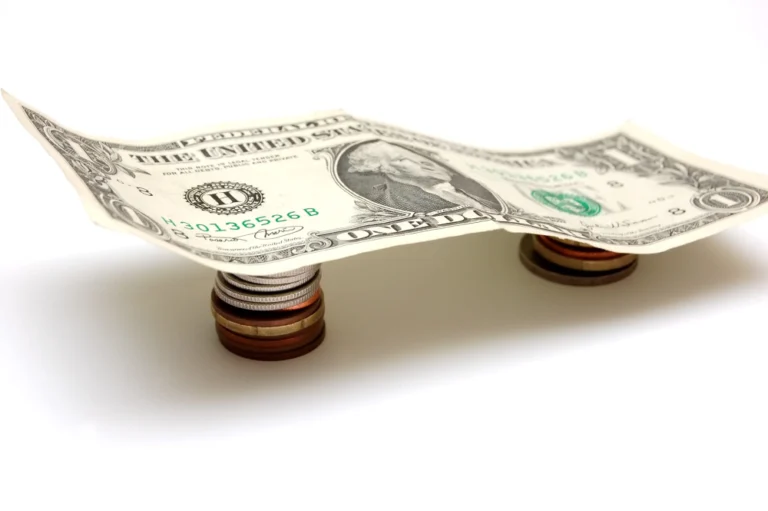The key to building a successful Amazon FBA/MFA business is to find profitable products that customers want to buy and sell them. Of course that is easier said than done and there is a lot of competition, but I’m not writing to tell you how to find products to sell. My goal is the help you understand if the products you are already sell are profitable.
If you can’t easily answer the following questions for each of your products, then I recommend you keep reading to find out how to answer them:
-
What is your net profit per product sale?
-
What is your net profit margin per product sale?
-
What is your return on investment (ROI) per product sale?
Not having a precise answer to these questions eventually leads to the question “Is my Amazon business really making money?” Sometimes it can seem like you are spinning your wheels constantly buying inventory, prepping, selling and then repeating only to gain more sales. But if you are only gaining sales without watching the bottom line, chances are you aren’t making money or at least not as much money as you should be making.
As a seller, your goal is to meet the needs of the customer by selling them a product they want to buy. The way you meet that goal is to invest cash and turn it into more cash as quickly as possible.
Are your products profitable?
This is the most basic question for any product that you sell because if you are selling unprofitable products, you should stop right away. If you don’t know exactly how profitable each one of your products is (or isn’t) there is no better time than now to figure that out. You can’t make informed decisions about your business without this information.
To understand the profitability of your products, you need to account for the selling price of the item and then deduct all of the associated selling costs. Selling costs are those that can be directly attributed to the sale of an individual product. These include items such as packaging, advertising, and prep.
Here is my formula for a fully loaded profitability analysis:
Product Price
-Cost of good sold (COGS)
-Selling fees
-Shipping costs (MFA)
-Shipping materials cost (MFA)
-Inbound shipping
-Advertising costs
-Financing costs
=net profit
Within this formula we need to further break out COGS because how you determine COGS is a very important part of the calculation. Here is my formula for COGS:
Product cost
+product shipping cost
+product packaging cost
+product prep labor
+product shipping materials
= COGS
Product Costs are Easy to Overlook
After completing the analysis you can see that there are many aspects of a fully loaded profitability analysis that can easily be overlooked and not allocated to your specific product profitability. Certainly some expenses are just not practical to allocate to a specific product, such as printing ink.
You should allocate as much as you can to a specific product so you have a very good idea about what is driving the bottom line. Once you have this information you can increase, decrease, or eliminate sales of certain products. And it may take time to gather some of this information such as advertising costs, but you should allocate as much as possible as early as possible.
Completing Your Profitability Analysis
Once you’ve identified all the components of a fully loaded product profitability analysis, you can calculate the metrics you need to successfully run your business. There is no doubt in my mind that once you complete this analysis, you’ll be surprised at the results. In some cases you’ll be making a lot less or possibly even more than you thought.
The good news is now you are armed with the information you need to achieve the profits that you want for your business. This means either raising pricing or reducing costs or some combination of both.





